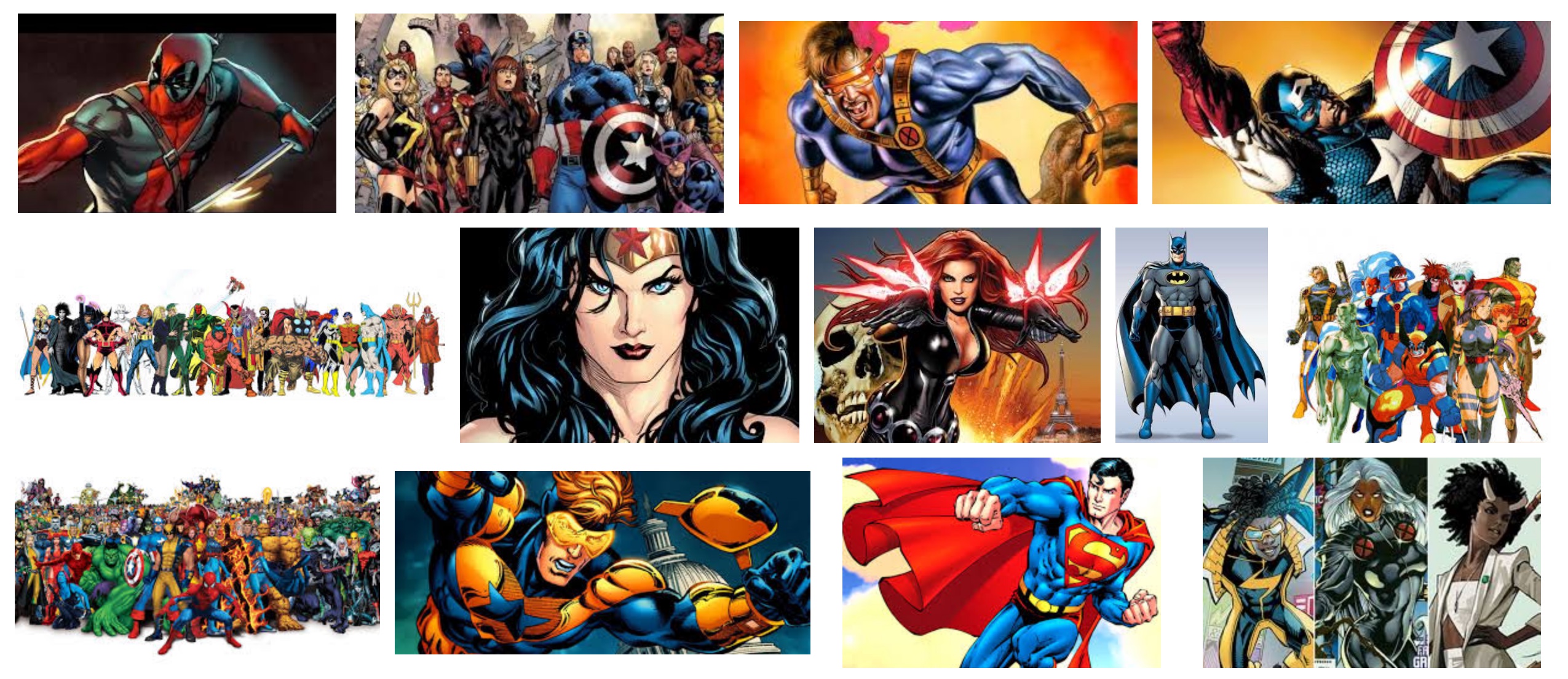 We all need heroes. So, if you wish to become one, you would stand a better chance if you took your dying breaths atop a hill. Also, it would really help your cause if you arrived via virgin birth.
We all need heroes. So, if you wish to become one, you would stand a better chance if you took your dying breaths atop a hill. Also, it would really help your cause if you arrived via virgin birth.
Accordingly, please refer to the Rank-Raglan Mythotype — it is a list of 22 universal archetypes that are prerequisites to you becoming a hero of mythological proportions (far beyond being a Youtube sensation):
- Hero’s mother is a royal virgin;
- His father is a king, and
- Often a near relative of his mother, but
- The circumstances of his conception are unusual, and
- He is also reputed to be the son of a god.
- At birth an attempt is made, usually by his father or his maternal grand father to kill him, but
- He is spirited away, and
- Reared by foster -parents in a far country.
- We are told nothing of his childhood, but
- On reaching manhood he returns or goes to his future Kingdom.
- After a victory over the king and/or a giant, dragon, or wild beast,
- He marries a princess, often the daughter of his predecessor and
- Becomes king.
- For a time he reigns uneventfully and
- Prescribes laws, but
- Later he loses favor with the gods and/or his subjects, and
- Is driven from the throne and city, after which
- He meets with a mysterious death,
- Often at the top of a hill,
- His children, if any do not succeed him.
- His body is not buried, but nevertheless
- He has one or more holy sepulchres.
By far the most heroic fit to date is Mithradates the Great with 22 out of a possible 22 cross-cultural traits. Jesus comes in with a score of 18-20 (based on interpretation) out of 22 , beaten by Krishna with 21, while Robin Hood only manages a paltry 13. Interestingly, Buddha collects 15 points, followed closely by Czar Nicholas II with 14.
The mythotype comes from the book The Hero: A study in Tradition, Myth and Dreams by Lord Raglan.
List courtesy of Professor Thomas J. Sienkewicz, Monmouth College, Monmouth, Illinois. It is based upon material used in his mythology classes for many years, first at Howard University in Washington, D.C., and then at Monmouth College in Monmouth, Illinois.
Image courtesy of Google Search.
